Tristan da Cunha, South Atlantic Ocean
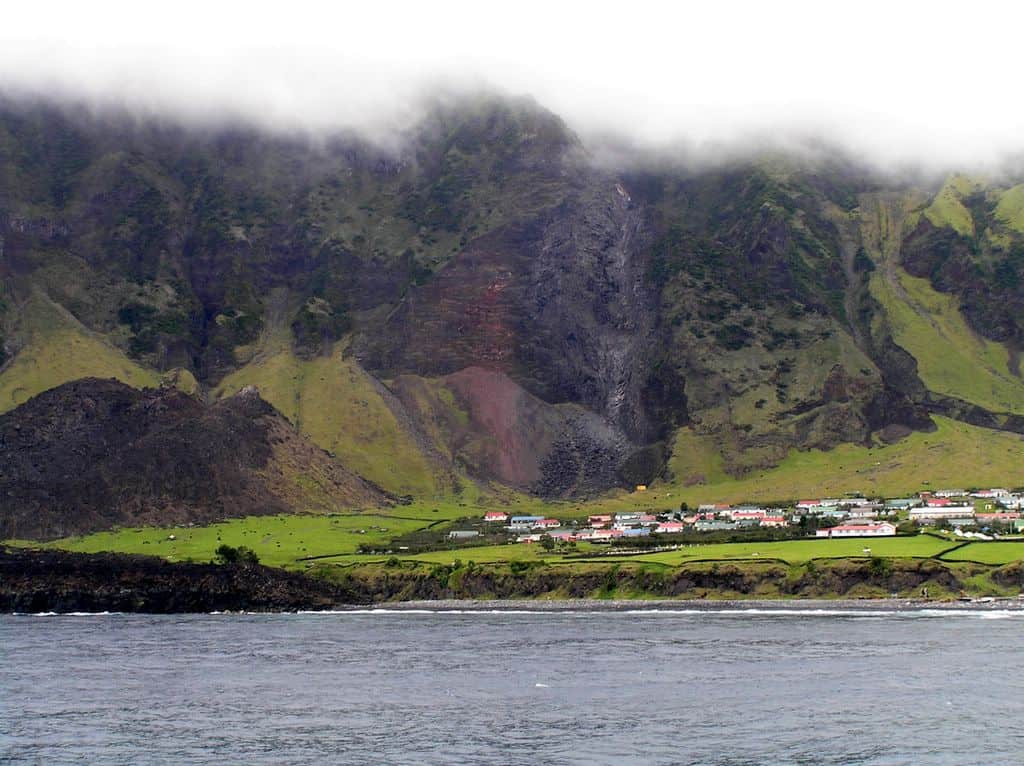
Nestled in the South Atlantic Ocean, Tristan da Cunha holds the title for the world’s most remote inhabited island. Located over 2,400 kilometers from the nearest landmass, this volcanic archipelago is home to a small community of around 250 people. Its isolation has preserved a way of life reminiscent of a bygone era, with its inhabitants living off fishing and farming. The island’s rugged cliffs, pristine beaches, and abundant wildlife make it a paradise for nature lovers.
Pitcairn Islands, Pacific Ocean
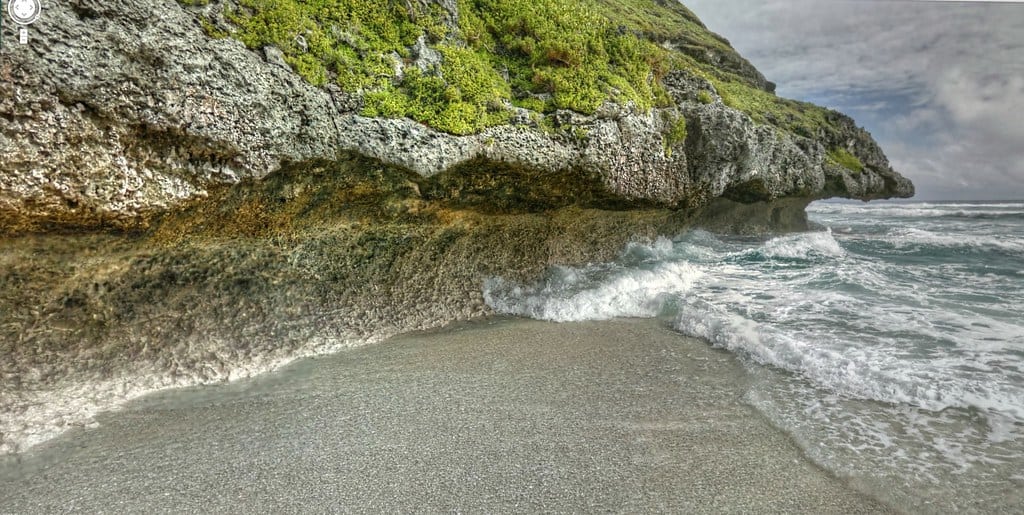
Located deep in the vastness of the Pacific Ocean, the Pitcairn Islands are a group of four volcanic islands. With a population of fewer than 50 people, these islands offer a serene and isolated existence. The crystal-clear waters surrounding the islands provide a haven for marine life, making it a popular destination for divers and snorkelers. The islands are also known for their connection to the historic mutiny on the Bounty, adding a touch of intrigue to their remote allure.
Easter Island, Pacific Ocean
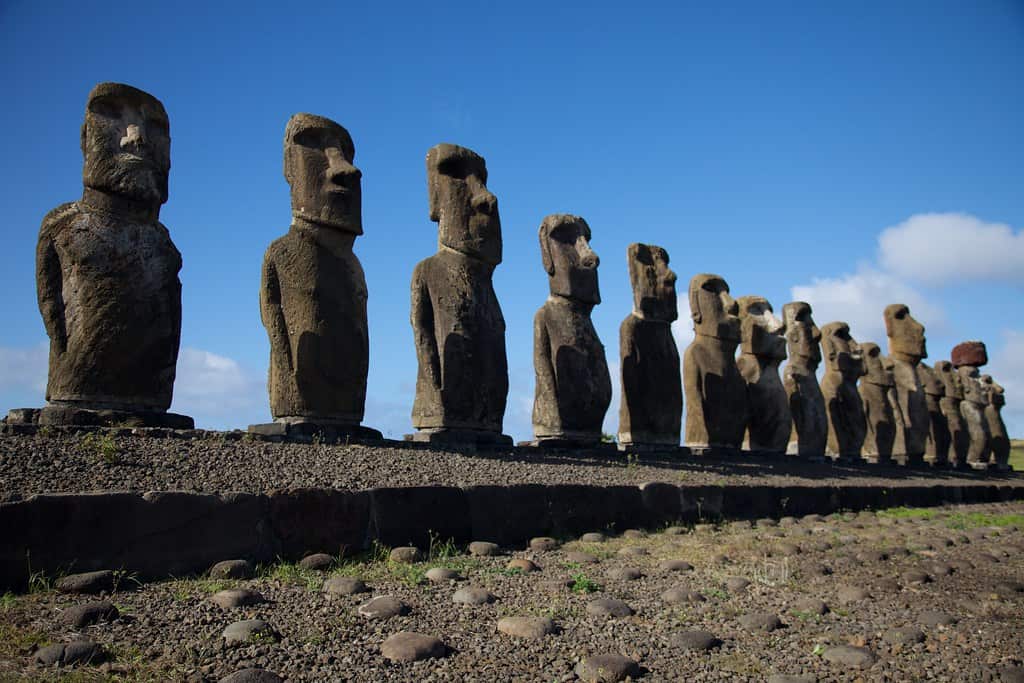
Easter Island, or Rapa Nui, is renowned for its mysterious and iconic stone statues called Moai. Situated in the southeastern Pacific Ocean, approximately 3,700 kilometers off the coast of Chile, this UNESCO World Heritage Site is one of the most remote inhabited islands on Earth. The island’s unique blend of Polynesian culture, archaeological wonders, and stunning landscapes make it an intriguing destination for adventurous travelers.
Bouvet Island, Southern Ocean
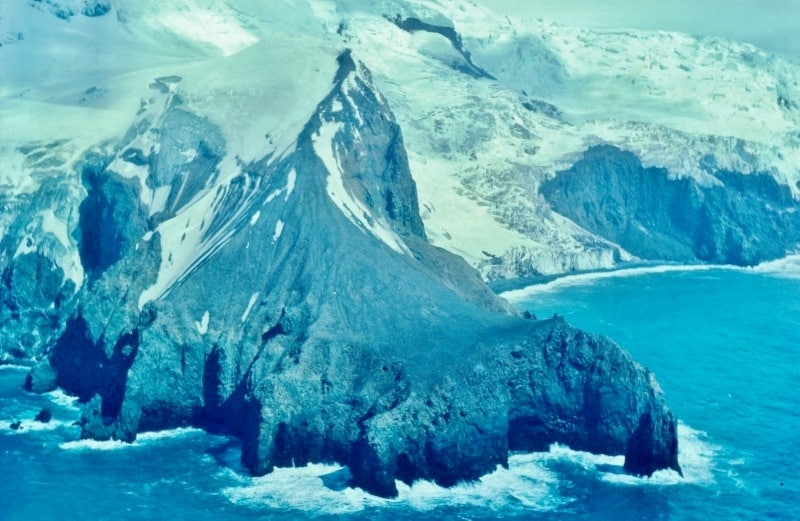
Bouvet Island holds the distinction of being the most remote uninhabited island on the planet. Located in the Southern Ocean, it lies over 1,600 kilometers away from the nearest land, making it an incredibly challenging destination to reach. This volcanic island is largely covered in glaciers and surrounded by treacherous cliffs, providing a hauntingly beautiful and untouched landscape that is only accessible to a select few adventurers.
Kerguelen Islands, Indian Ocean
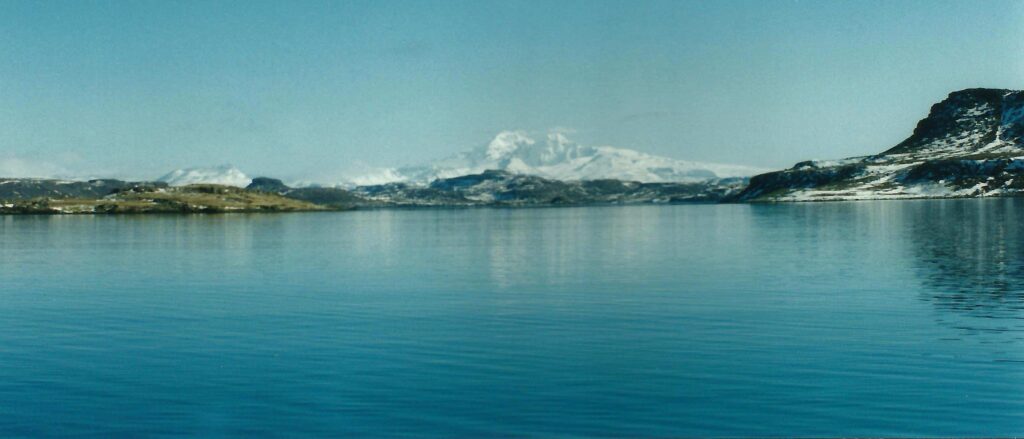
Nicknamed the “Desolation Islands,” the Kerguelen Islands are a remote archipelago in the southern Indian Ocean. These volcanic islands are characterized by their harsh climate, vast tundra, and an absence of native trees. Despite their isolation, the islands are home to a small research station and a diverse range of wildlife, including penguins, seals, and seabirds. The dramatic landscapes of the Kerguelen Islands offer a glimpse into the raw power of nature.
Socotra, Arabian Sea
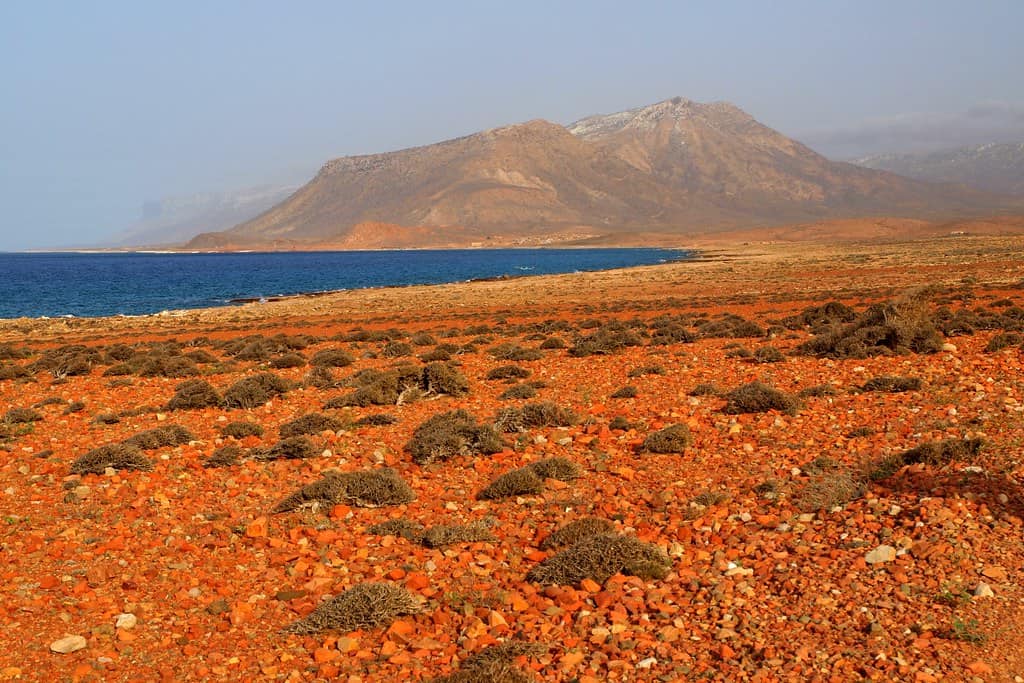
Situated in the Arabian Sea, Socotra Island is part of an archipelago belonging to Yemen. Known as the “Galapagos of the Indian Ocean,” Socotra is renowned for its otherworldly landscapes and unique flora and fauna. The island is home to around 800 rare plant species, a third of which can only be found on Socotra. Its remote location and distinct biodiversity make it a fascinating destination for nature enthusiasts and researchers alike.
South Georgia and the South Sandwich Islands, Southern Ocean
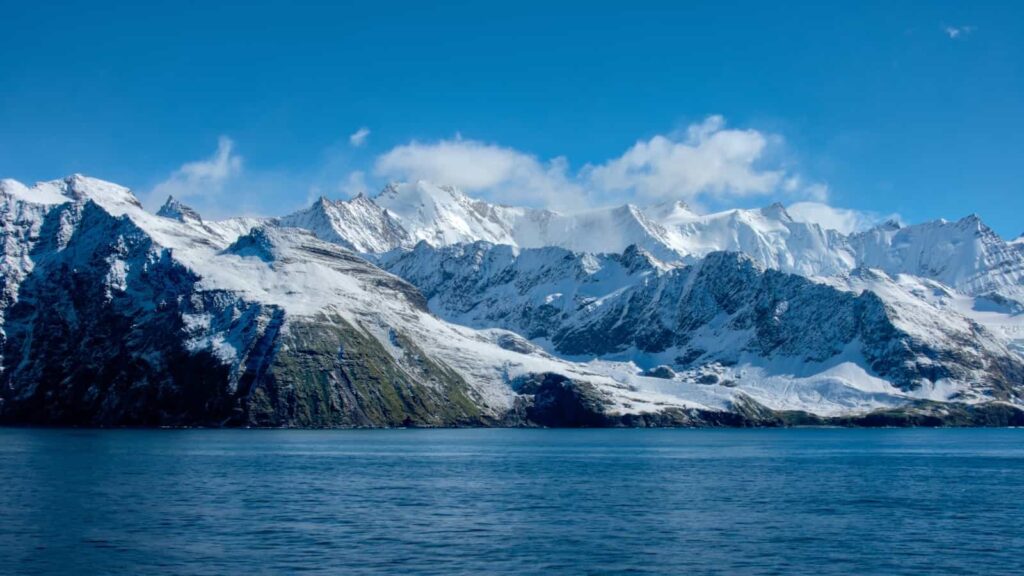
Located in the remote Southern Ocean, South Georgia and the South Sandwich Islands form a British Overseas Territory. These islands are teeming with abundant wildlife, including vast colonies of penguins, seals, and albatrosses. The landscapes are dominated by rugged mountains, glaciers, and icy fjords, creating a breathtaking backdrop for those brave enough to venture to these remote lands.
St. Kilda, Scotland
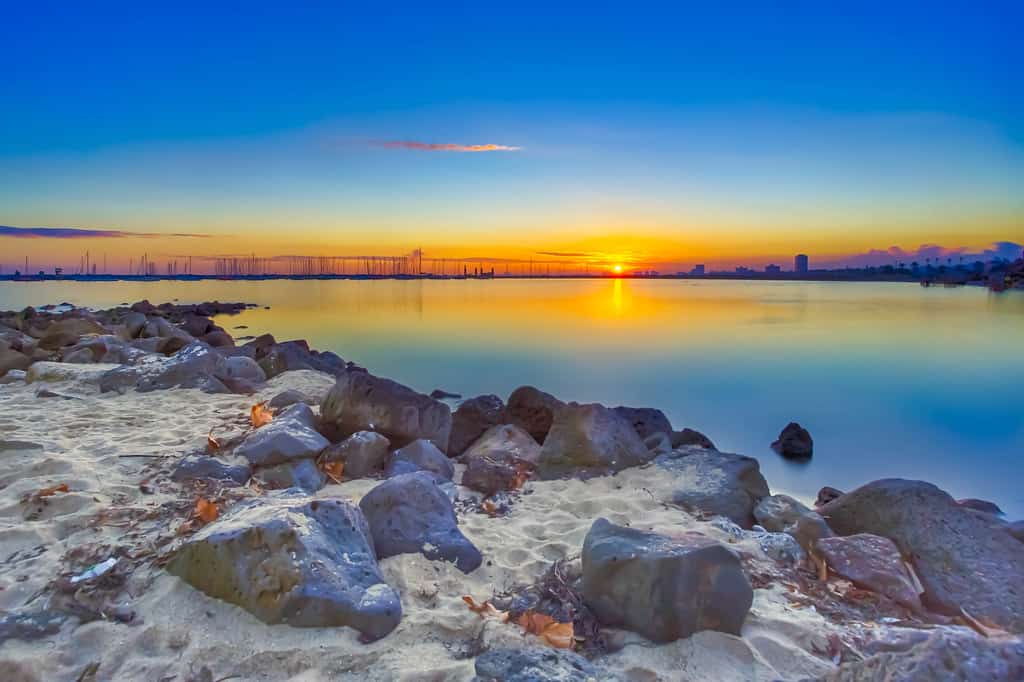
Situated in the North Atlantic Ocean, the archipelago of St. Kilda is a UNESCO World Heritage Site and one of the most remote places in the British Isles. The islands were inhabited for over 4,000 years until the last residents were evacuated in 1930. St. Kilda’s isolation and unique cultural heritage have preserved a rich history and a remarkable array of wildlife, including puffins and sea eagles. The dramatic cliffs and the sense of isolation make St. Kilda an extraordinary destination for those seeking solitude and natural beauty.
Cocos (Keeling) Islands, Indian Ocean
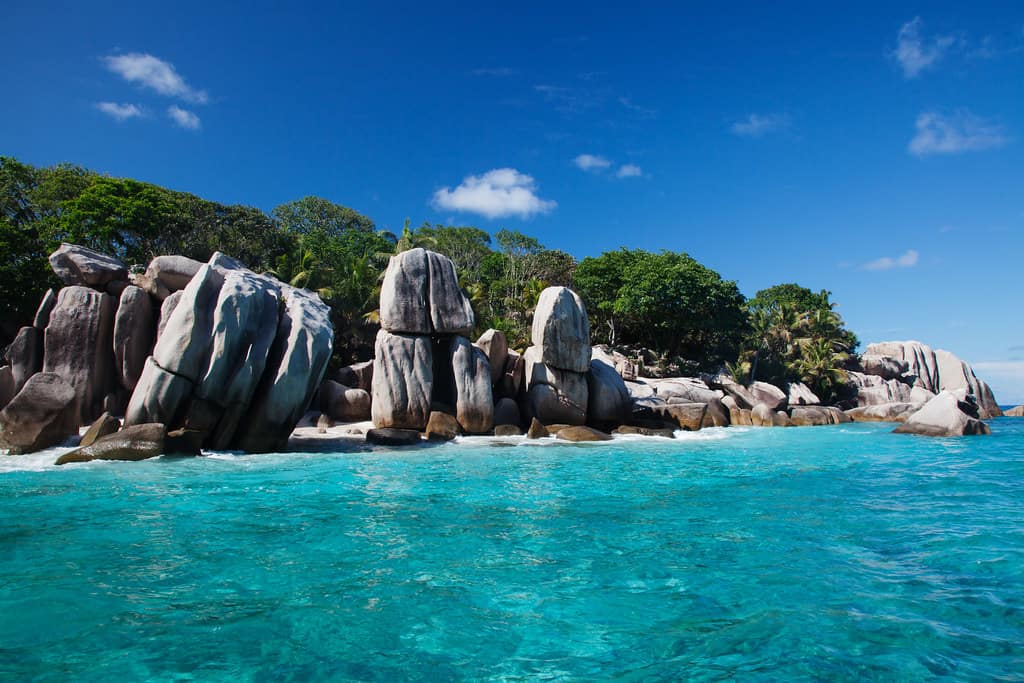
The Cocos (Keeling) Islands are an Australian territory situated in the Indian Ocean. Comprising coral atolls and islands, this remote paradise is known for its turquoise lagoons, pristine beaches, and vibrant marine life. The islands are a haven for snorkelers and divers, offering an opportunity to explore stunning coral reefs and encounter an abundance of tropical fish and sea turtles.
Falkland Islands, South Atlantic Ocean
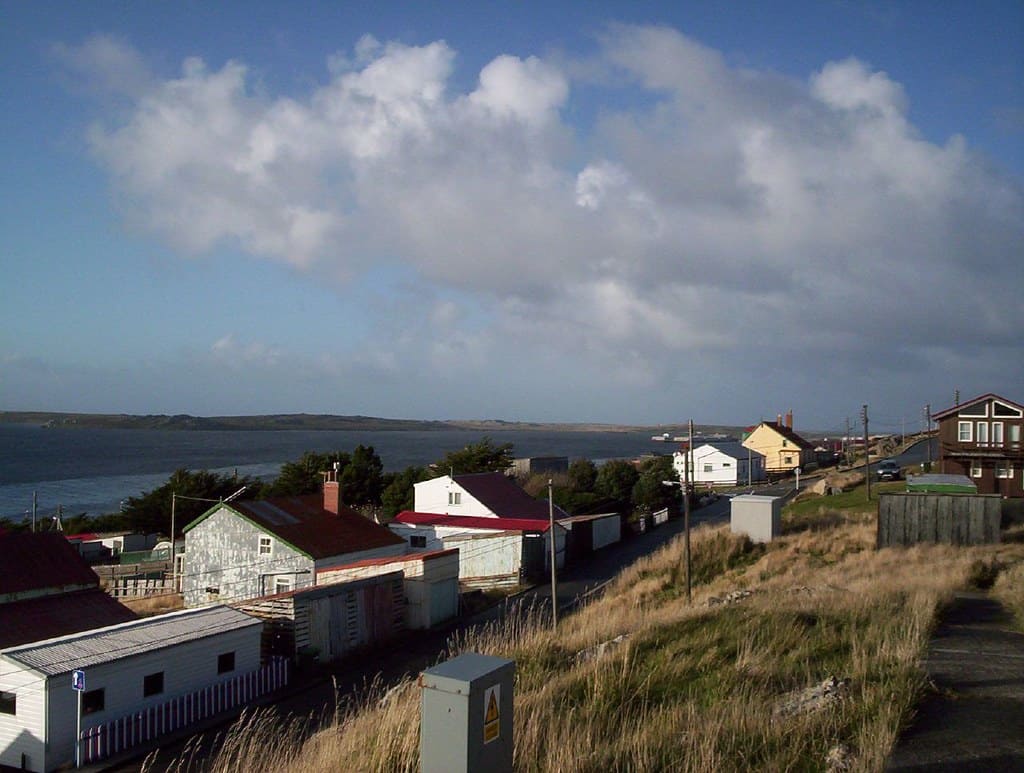
Located in the South Atlantic Ocean, the Falkland Islands comprise two main islands and several smaller ones. These remote islands are known for their rugged landscapes, vast open spaces, and incredible wildlife. The Falklands are home to numerous bird species, including penguins, albatrosses, and a variety of seals. Its isolation and rich biodiversity make it a must-visit destination for nature lovers and wildlife enthusiasts.